Where Do Frogs Live? Fun Facts About Frog Habitats
Frogs are tiny hoppers with big personalities. Whether they're belting out nighttime lullabies or just lounging on a lily pad like it's a spa day, frogs are iconic. But have you ever wondered where they go when they're not performing their backyard symphonies? Ever questioned, where do frogs live?
Let's talk about frog habitats because their survival depends on finding the perfect wet spot to settle down.

What's in a Frog Habitat?
Let's break down what makes a good habitat for frogs. A frog's dream home checklist usually includes:
- Moisture (skin hydration is serious business)
- Water (for egg-laying and tadpole swimming lessons)
- Plants and leaf litter (aka frog furniture and snack bar)
- Safe hiding spots (for when they've had enough socializing)
Think of it as a combination spa resort, jungle gym, and five-star nursery.

Popular Frog Habitats
From backyard ponds to tropical rainforests, frogs are found almost anywhere that's wet, shady, and snack-packed. Here are the big ones:
1. Ponds and Lakes
Ponds and lakes are frog hotspots. Shallow, still, and full of plants, these watery oases are basically the frog version of an all-inclusive resort. They offer everything a frog could ask for: warm, sunlit edges for basking, murky depths for laying low, and a buzzing buffet of insects on tap.
This habitat supports a wide range of species, especially those that prefer to hang out near the water full-time. The American bullfrog, known for its love of deeper ponds and hearty appetite, is just one example of how rich and varied pond life can be. These environments are also key breeding grounds for many frog species.
Whether it's a natural lake, a backyard pond, or a quiet corner of a wetland, frogs can thrive as long as the water is clean and the bugs are plentiful.
2. Forests and Woodlands
Forests provide a secret sanctuary for frogs. With shady understories, moist soil, and seasonal creeks or puddles, these habitats offer enough dampness for frogs to chill without drying out.
This kind of setting is especially perfect for tree-dwellers and roamers. The Pacific tree frog, for example, makes itself at home in the woods, meadows, and even suburban gardens. While they'll return to ponds and puddles for breeding, they spend much of their time navigating leaf litter and shrubbery, thanks to their handy sticky toe pads.
Forests may look quiet, but if you listen closely on a cool, damp evening, you might hear a frog chorus warming up. These green rooms (literally) are full of life.
3. Swamps and Marshes
Imagine the perfect combination of water, mud, tall grass, and insects. That’s a swamp, and frogs are here for it.
This is where the extroverts gather. In addition to other swamp animals such as alligators and cottonmouths, species like leopard frogs, green frogs, and (again) bullfrogs love these bustling wetland hangouts. There's plenty to eat, many places to hide, and the acoustics? Unbeatable.

4. Rainforests
Frogs and rainforests go together like bugs and midnight snacks. The humidity keeps their skin moist, and the trees give them height options. And the biodiversity? Chef's kiss.
This is the turf of some of the world's flashiest frogs, like the poison dart frog. But even here, the Pacific tree frog might show up in drier forest pockets along the coast, proving that this little frog gets around.
5. Urban Jungle
You might not expect it, but some frogs are full-on city slickers. Urban parks, backyard ponds, and drainage ditches can become froggy hotspots.
Some adaptable species are happy to cohabitate with humans if there's water, cover, and bugs.
If you have a little pond in your yard and hear a sudden nighttime ribbit, congrats — you've got frog tenants. Rent is paid in bug control.

Why Frog Habitats Matter
Frog habitats are more than just cute scenes from a nature doc — they're essential. Frogs are:
- Pest control experts (they eat mosquitoes like it's a sport)
- Food for bigger animalssuch as raccoons, snakes, and foxes
- Bioindicators, meaning they're super sensitive to pollution and climate shifts
When frogs disappear, it's often a sign something more significant is wrong with the environment. So, if frogs are thriving? That’s a good sign for all of us.

How You Can Be a Froggy Friend
You don't have to live in a rainforest or own a pond to help frogs. Here's how to boost their habitat game in your backyard:
1. Keep it Wild-ish
Leave a messy corner of your yard with some logs, leaf piles, and shady plants. Frogs will thank you.
2. Add Water
No water, no frogs. Even a small dish or container pond can help, especially for species like the Pacific tree frog.
3. No Pesticides
Frog skin is super absorbent, so those "weed killer" sprays? Big nope. Go chemical-free where you can. This will help out other wildlife too, including those super important pollinators.
4. Pet Patrol
Keep dogs and cats away from frog zones, especially during spring breeding season. Frogs are not chew toys, even if they look like one.

Weird Frog Habitat Facts
Let's end with a few frog habitat fun facts (because why not?):
- Some frogs live in deserts and survive by burrowing underground during dry seasons. That's commitment.
- Tree frogs have special toe pads that help them cling to vertical surfaces, like your shower wall (don't ask how we know).
- In some places, frogs breed in bromeliads — tropical plants that hold rainwater between their leaves. It's the ultimate tiny frog pool party.
- The wood frog can survive being frozen solid. Their hearts stop beating, they turn into froggy popsicles, then thaw in spring. You can't make this stuff up.

Final Ribbit
Frog habitats are like nature's spa resorts, jungle gyms, and nurseries all in one. From backyard ponds to tropical rainforests, these places give frogs what they need to leap through life. When we protect those spaces, we're helping way more than just our froggy friends.
So here's your gentle reminder: stay curious, plant native, skip the sprays, and if a frog crosses your path, maybe say thanks.

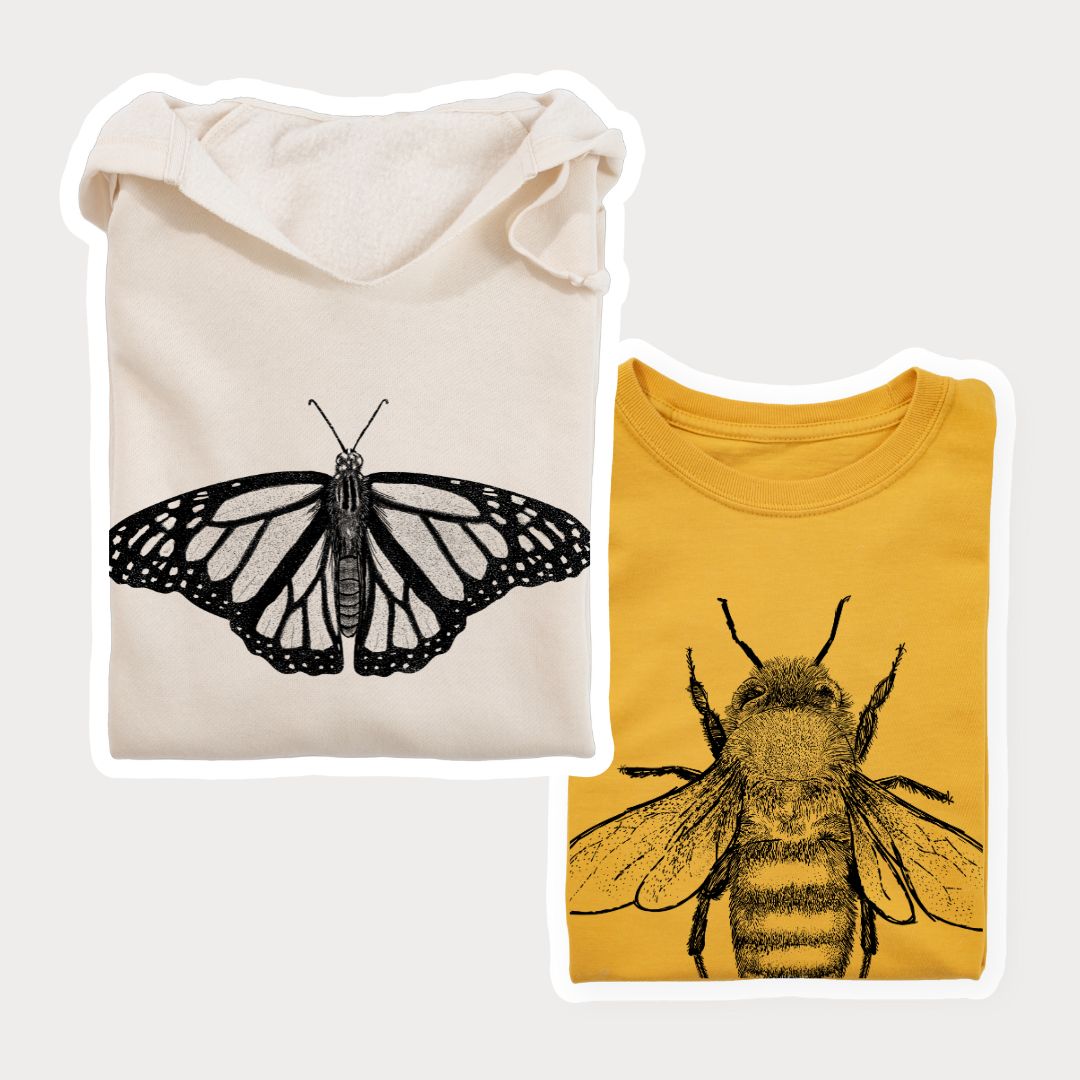

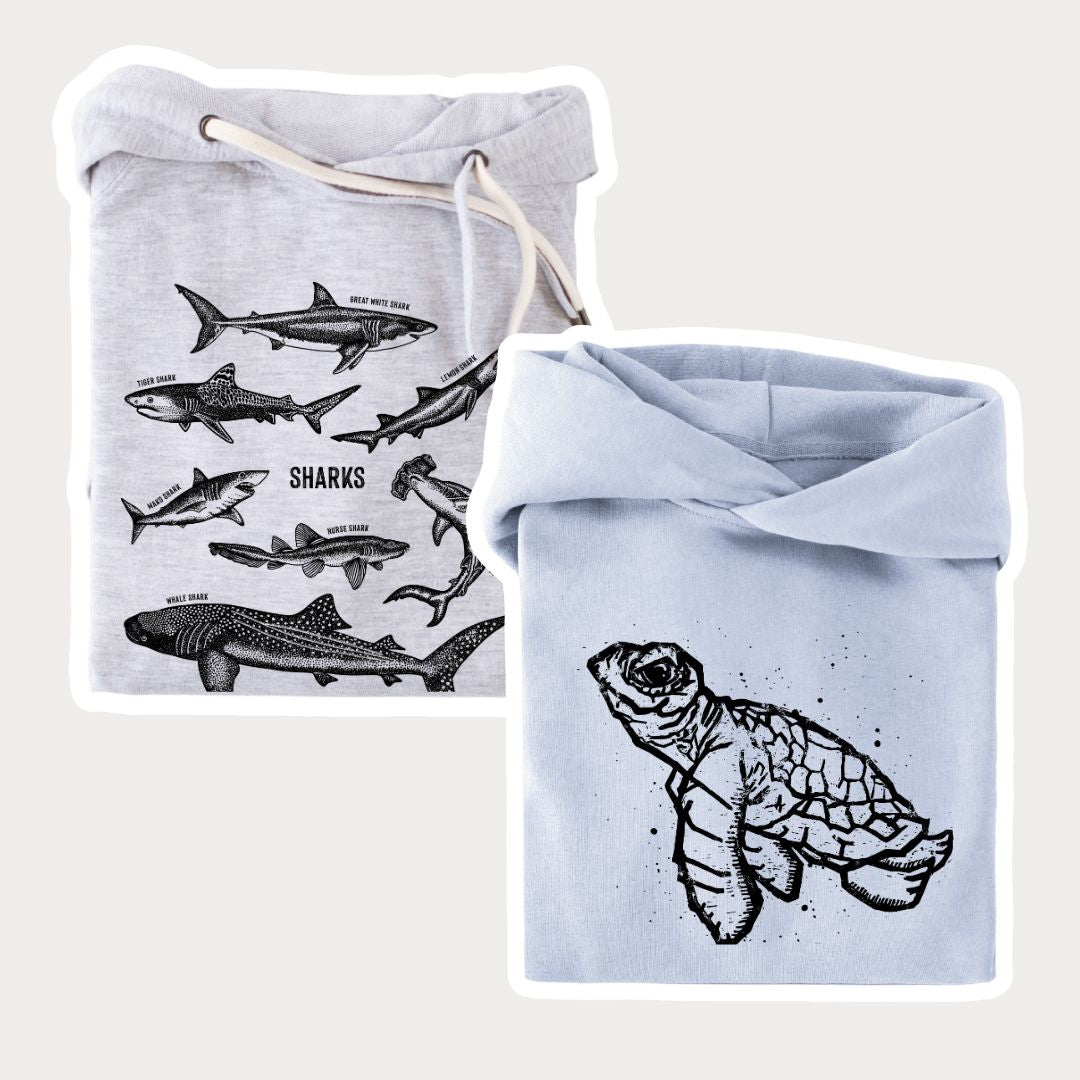
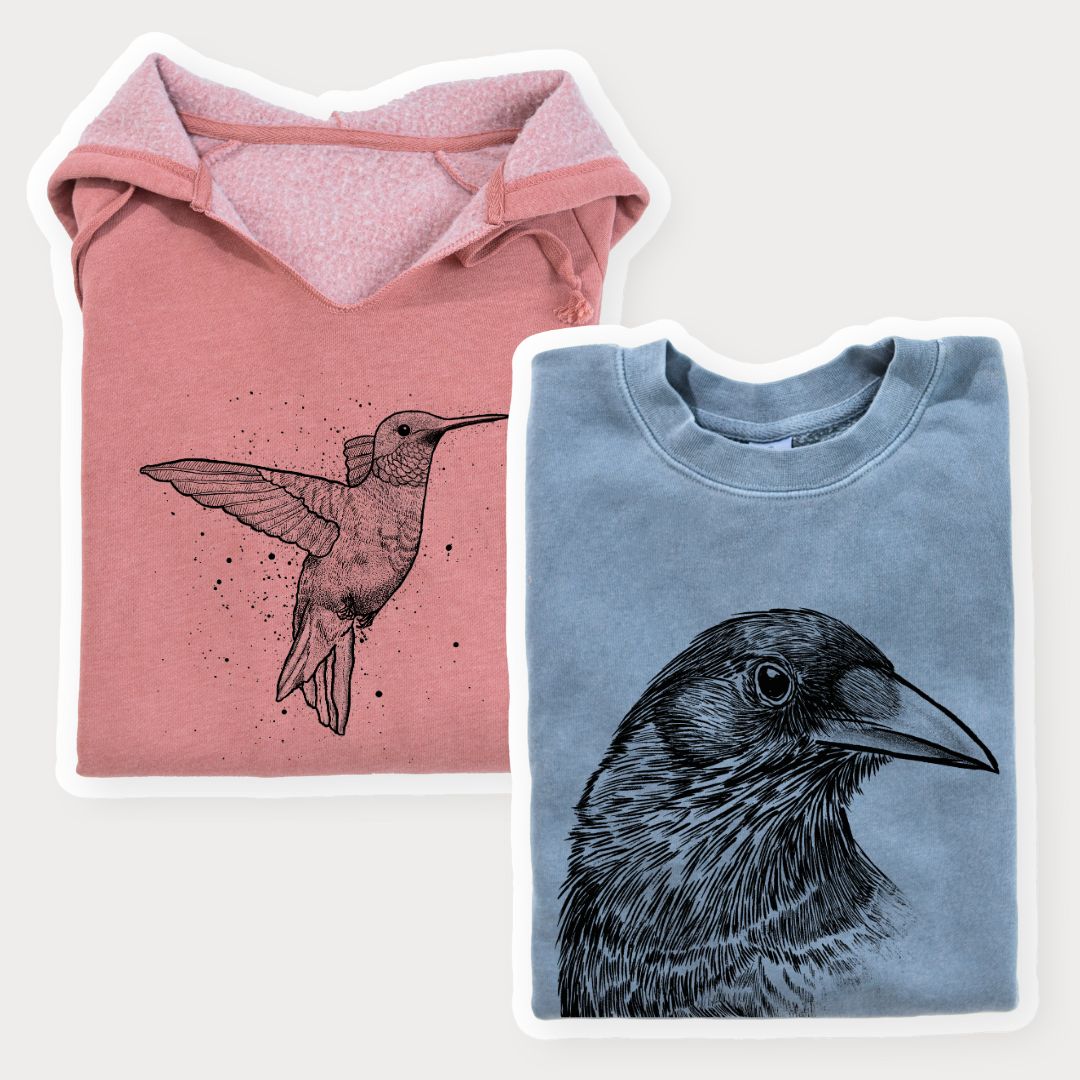
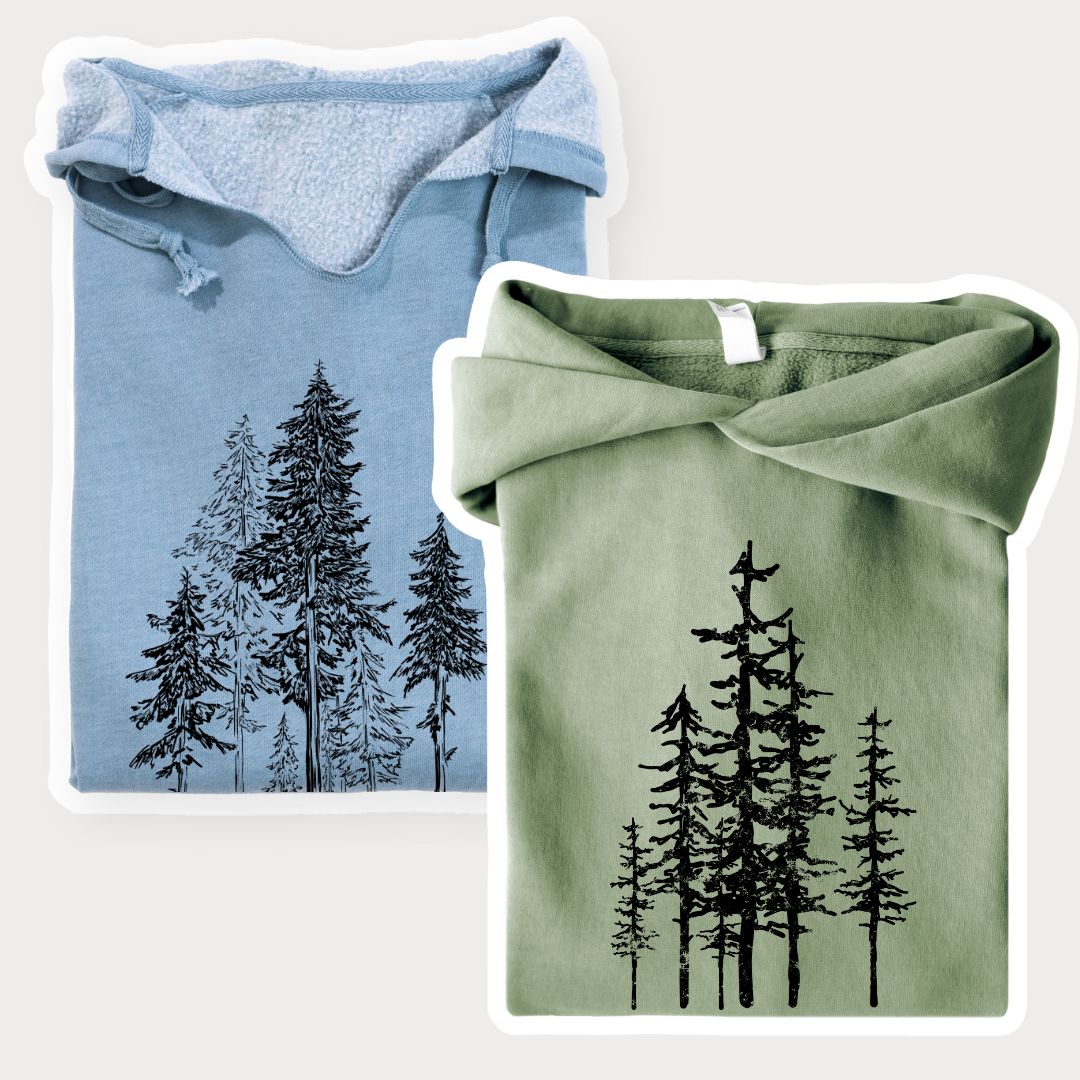
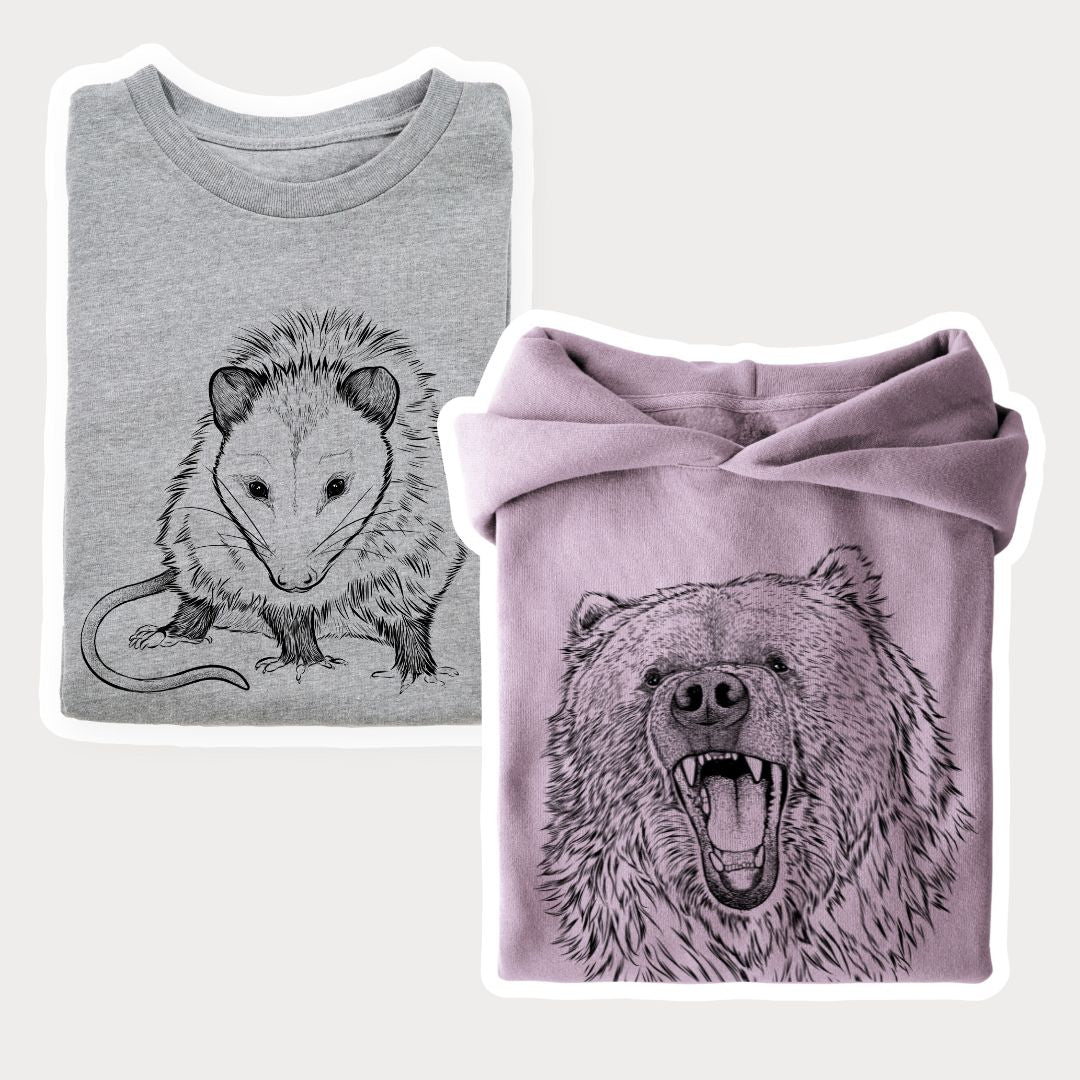

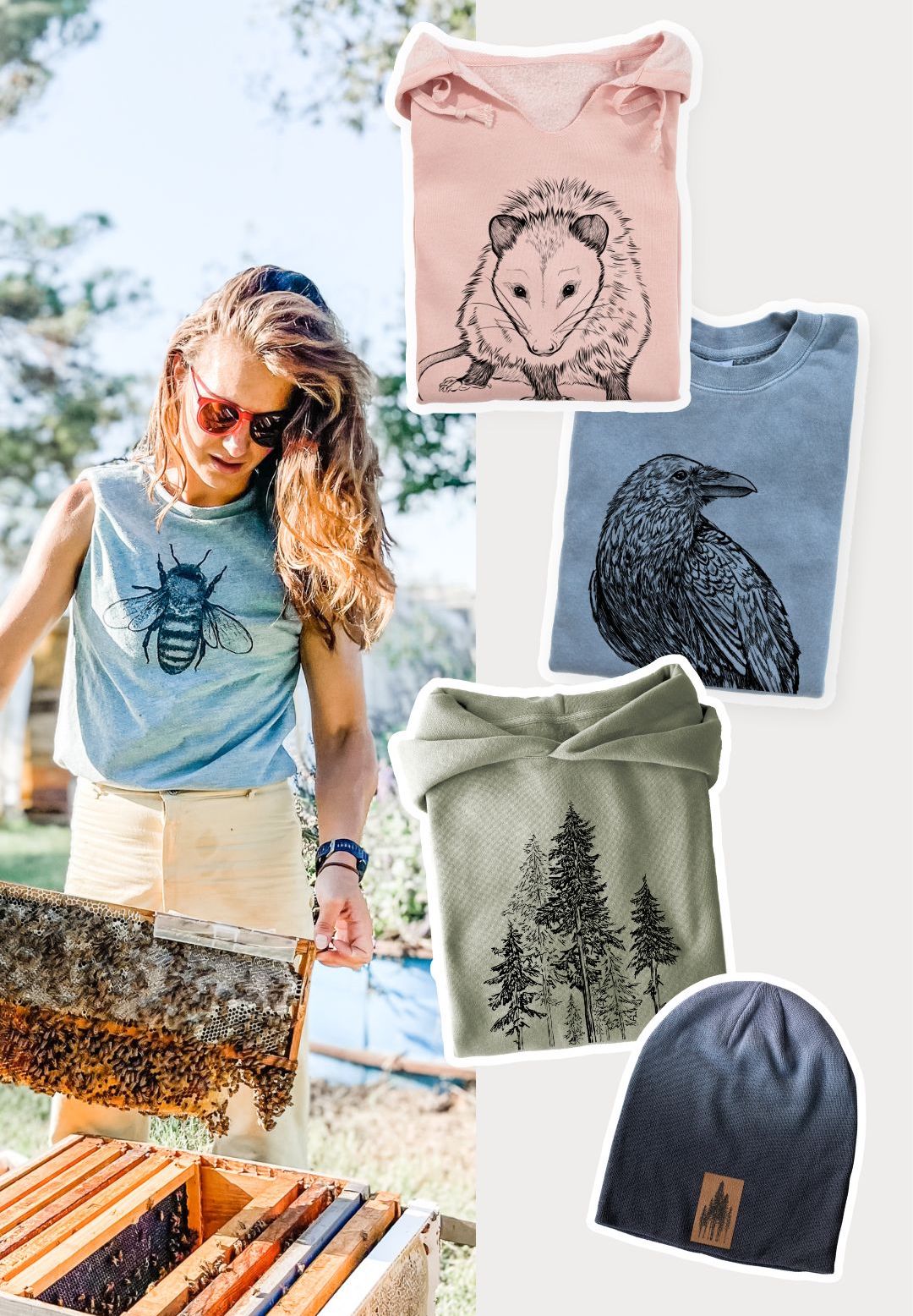

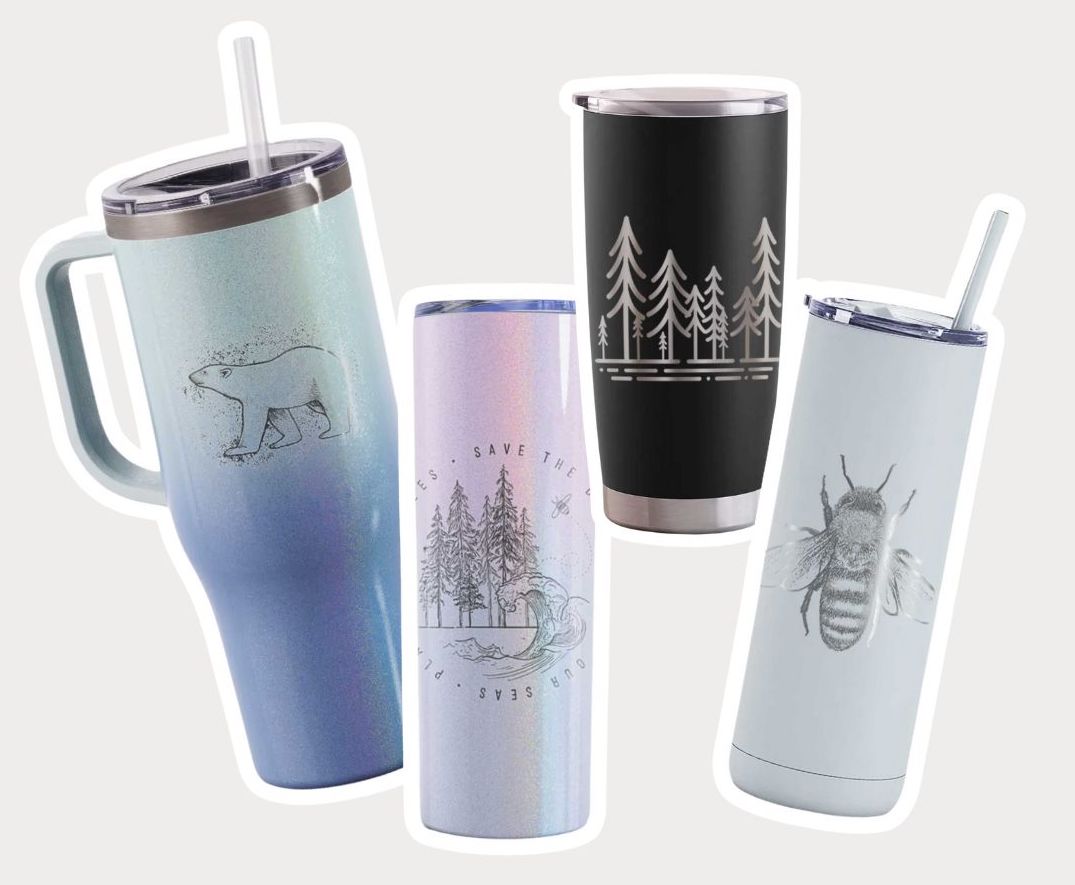




Leave a comment (all fields required)